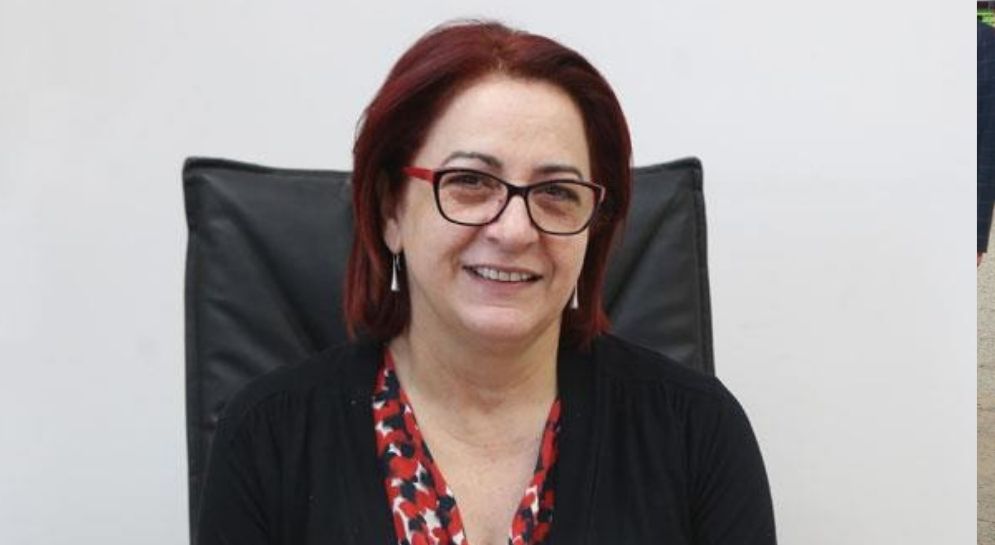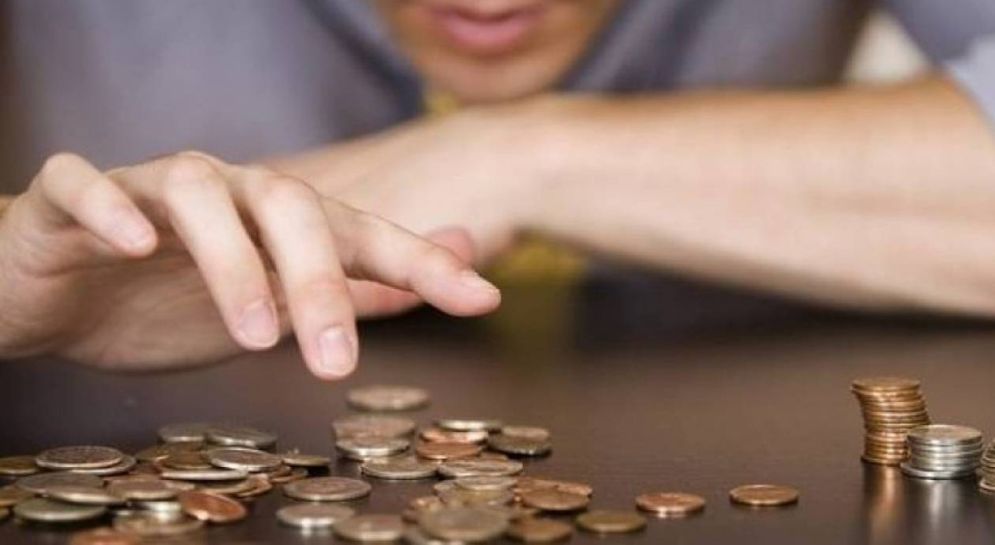
Multicoloured humanity
25 July 2021, ‘Haravgi’ newspaper
Article by Eleni Mavrou, AKEL Political Bureau member
The Olympic flame was carried to the altar of the Tokyo Olympic Stadium on Friday from the hands of 23-year-old tennis player Naomi Osaka. Naomi Osaka, a well-known activist against racism and police violence against Afro-Americans in the United States, was born to a Haitian father and a Japanese mother. But it was not easy for Japan’s conservative society to accept this mixed race multicolored family. For that reason, she found herself, just three years old, in the United States.
The Refugee Olympic Team is participating in these Olympics for the second time with 29 athletes from 11 countries. These are athletes who have faced far greater difficulties in their lives than those they will experience in the days ahead. The white flag was held by Yusra Mardini from Syria. The young girl swimmer who, just 17 years old, was found swimming holding on to a boat full of refugees that would eventually make it to the shores of Lesvos all of them alive. From there onwards, she subsequently found refuge in Germany.
Milan Trajkovic also held the flag. Together with Cyprus Olympic team member Andri Eleftheriou he carried the Cypriot flag in the Olympic Stadium in Tokyo. Milan came to our country from Serbia when he was just nine years old, shortly after the city where he was born was bombed by NATO.
We applauded them and many other athletes, and we shall applaud them many more times too, not only for their achievements in athletics and on the fields, but also for their victories in life.
Just like we applauded Yiannis Sina Ugo Antetokounmpo, Greek professional NBA basketball player, a few days ago. The boy who was born in Athens to immigrant parents from Nigeria, but for 18 years was not a citizen of any country. The boy who suffered poverty and racism so that some people today are celebrating the “Greek soul” who triumphed in the USA.
How many others like Yiannis, Milan, Yusra and Naomi live among us?
How many others like them are behind the fences of the Pournara temporary camp for migrants because certain people feel “threatened”?
How many other children like them are crammed into our schools, but no one engages with them because they don’t speak the language well?
How many others like them walk down Trikoupis or Aeschylus Street in the old part of Nicosia and who are easily labelled as “slow-witted lazy bums”?
You will say “they are the exceptions” and it is true that we are not all made to be champions. But who knows if among them there is not a talented musician, a craftsman, a scientist, a… if they are never ever given the opportunity to search themselves and show their abilities?
Perhaps we could learn something from the people who arrive in Cyprus on a shipwreck and who are sent back to where they came from, even though we know that many of them are risking their own lives.
Perhaps we could learn something from the people who work for many Cypriots for a piece of bread and we pile them into containers and farms.
Perhaps we could learn something from the women some people entrust to take care of their children and elderly people, but won’t look for them if they are lost.




